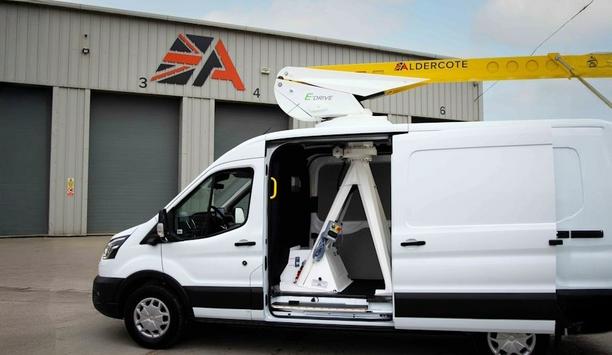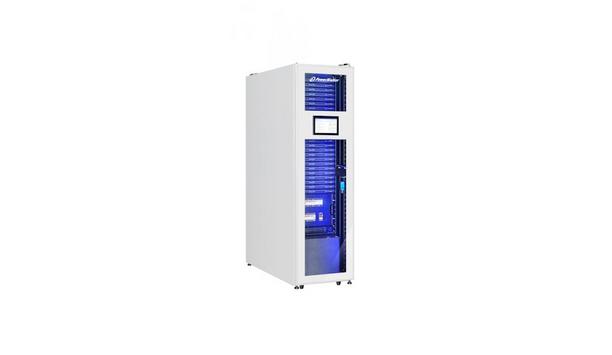Mitsubishi Electric Corporation (Mitsubishi Electric) announced that it has developed what is believed to be the first industrial tomographic-imaging technology that uses a 300GHz terahertz wave for one-shot, one-direction measurements at any depth, suitable for low-impact scanning of biological organisms and moving objects with millimeter resolution.
X-ray scanning devices
X-ray scanning devices for such purposes are mainly limited to baggage screening in airports, train stations, stadiums, etc. to search for hazardous materials. Also, body-scan systems that use millimeter waves are large-sized because they require 180-degree measurements, while the person remains stationary, so their use in public spaces is restricted mainly to airports.
Other automated technologies for production and inspection lines are promising to help solve labor shortages, but existing scanning equipment that use optical or infrared cameras are limited to visual inspection, so food containers, for example, still must be opened for manual inspection.
New Solution combines virtual focus-imaging technology
Mitsubishi Electric’s new solution combines virtual focus-imaging technology, which uses terahertz waves
Mitsubishi Electric’s new solution combines virtual focus-imaging technology, which uses terahertz waves that have little effect on living organisms and enables the tomographic imaging of objects with a single irradiation in one direction, and multi-mode beamforming technology, which combines multiple images to reduce miss-detections.
The system can image moving targets with biological organisms, making it suitable for walk-through security gates and non-destructive scanning on moving production lines. Furthermore, scanners can be made small enough size for installation in diverse locations.
Features
1) Tomographic imaging using 300GHz terahertz waves with low impact on biological organisms:
- Terahertz array-type sensor with uniform multiple-antenna elements generates tomographic images offering resolution within several millimeters.
- Tomographic imaging using 300GHz terahertz waves has been proven to have low biological impact.
2) Virtual-focus imaging of moving objects with one-shot, one-direction measurements:
- One-shot, one-direction beams focused on various points virtually produce reflected signals that can be measured as imaging data, as opposed to conventional imaging with multiple irradiations of real beams with various angles by controlling the phase of each antenna element.
- Single-measurement imaging is suitable for moving objects, walk-through security gates and non-destructive testing on production lines.
3) Multi-mode beamforming suppresses miss-detections and enables downsized equipment:
- Broadband terahertz signals allow the formation of different (multi-mode) beamforms at each frequency to synthesize multiple images based on the resulting measurement data, unlike conventional beamforming that requires large equipment deploying many antenna elements, which can cause miss-detections ("ghosts") due to extra beams being generated when forming real beams.
- Using different frequencies to synthesize images helps to reduce miss-detections and allows equipment to be downsized (the principle of which was presented at the 2021 IEICE General Conference).
Future Development
Mitsubishi Electric aims to integrate this technology in products envisioned for practical application, such as walk-through security gates and non-destructive testing on production lines, aiming at early commercialization and service provision.



